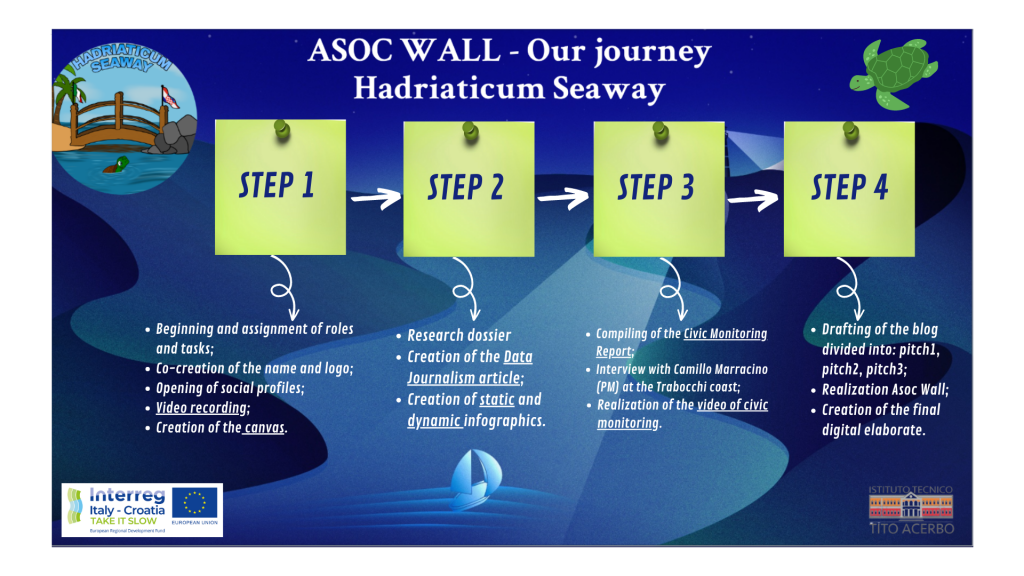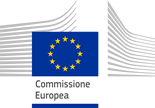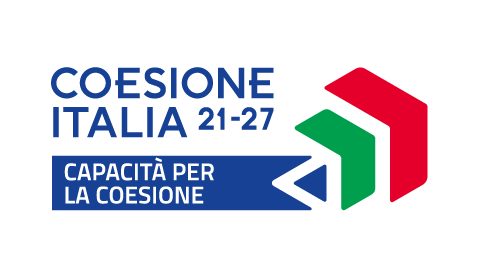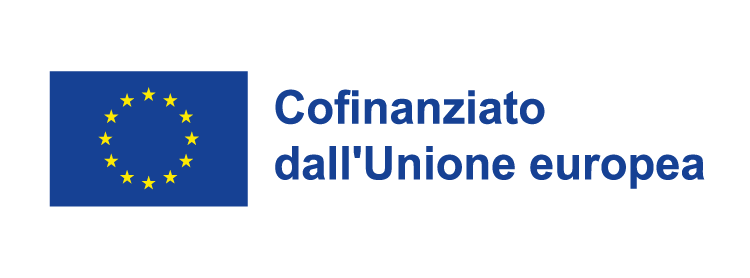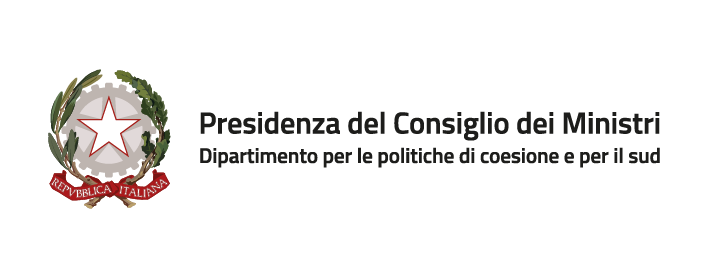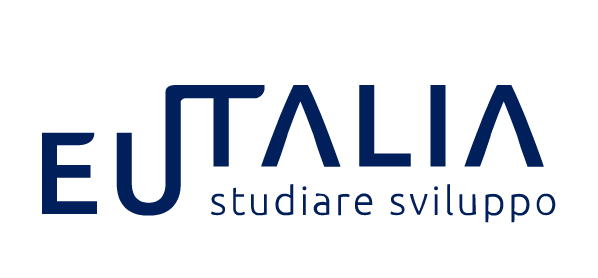Have you ever been involved in designing a civic monitoring together with Croatian high-school students you have never met? Actually,we had the opportunity to bring forward a joint research with our twinned school in Split on the INTERREG project chosen from EU funds national portal:TAKE IT SLOW “Smart and Slow Tourism Supporting Adriatic Heritage for Tomorrow”. This strategic project started in June 2020 and is about to end on June 30, 2023; its overall budget is €3,764,695,71 shared by several Italian-Croatian partners, with the common aim of making the cultural and natural heritage a lever for the sustainability of the territory.
We became immediately aware the project worked on two different levels:cohesive relationships and teams’ technical interoperability.
After relating with our Croatian partners,we shared the development of logo,teams’ name and objectives,namely to promote smart and slow tourism with an innovative,accessible,collaborative approach in order to enhance the territorial heritage of our countries.
Therefore it seemed important to find a symbol that represented the roots that we share with the Croatian team:first of all the Adriatic Sea that unites us, from which Hadriaticum in Latin;then Seaway to indicate the water route that constitutes the route to follow through a wise slogan “Take it slow”,so as to appreciate all the facets of the natural and cultural heritage of the Italian-Croatian Adriatic Region,even off-season and off the beaten tracks.
The Interreg project allowed us to develop digital skills,data exploration and citizenship in parallel with our twinned school in Split. Since the project focuses on the development of sustainable tourism with the common objective of achieving economic, social and territorial cohesion of the Adriatic tourist destinations,we carried out an online and field research with the common purpose of promoting the precious cultural and naturalistic heritage.
In order to document the project correctly,in parallel,we used official and reliable sources,collecting information -from the administrative history that led to its implementation up to the background data and media archives-; to communicate our progress externally we created social media profiles.
We found out that the JU RERA SD and the Abruzzo region have chosen two pilot zones: the desert of Blaca on the island of Brac and Costa dei Trabocchi on the Adriatic coast,as starting areas from which to spread local instances of this broader project.
As mentioned above, in fact, one of the objectives of the project “Take it Slow” is to enhance small places away from mass tourism flows.
The “Costa dei Trabocchi” was chosen by the Abruzzo Region as a pilot area, in particular the Via Verde “Green Way”, an 88 km cycle path that traces the route of the old railway. For this initiative a sum of €5000 was allocated (out of €194,000 assigned to the Abruzzo region) to contribute to the improvement of the road signals even along intermodal stations, with the aim of fostering the growth of touristic inland routes.
The Costa dei Trabocchi extends in the area between Vasto and Ortona, a sort of hub, which represents the most appropriate and coherent "laboratory" for an idea of slow and green tourism.
The main task of the region is to promote the “green” certification (Abruzzo Bike Friendly) allowing tourists to carry out activities in a sustainable way.
In Croatia, as part of the activities, an action plan was drawn up for the development of slow tourism on the island of Brač; training courses were also held with the aim of the certification of farmers, in order to enrich the tourist offer and involve the agricultural sector in tourism. The Blaca Desert has been identified as a Croatian pilot zone with activities such as the organization of various workshops and the equipment of the Island Museum with an interactive table so as to improve access to the Blaca Desert.
As a starting point for our research, both we and the Croatian partners have identified the primary and secondary data that we found mainly through desk analysis on the INTERREG programme website, on some of the 11 partners’ websites, and on the ISTAT website.
The Croatian team arranged a visit to the Public Institution RERA SD for the development and coordination of Split Dalmatia County in order to collect in-depth knowledge. Thanks to the interview with Maja Vukan, who introduced the project activities on a local level, the team shared the importance of sustainable tourism for the development of the local communities.
On the Italian side, we identified the key people involved in the project implementation: GAL Costa dei Trabocchi (Gruppo di Azione Locale), a consortium company; the Project Manager of “Take it slow” Camillo Marracino for the Abruzzo Region and its Financial Manager Lorenzo Rossi, to learn more from them. We contacted several times and interviewed Camillo Marracino during the field monitoring visit to evaluate the effectiveness of the project from the point of view of the local community, to verify its current progress and ask about critical issues, challenges and opportunities such as the special events “Giro d’Italia 2023 ” and “Art, Bike &Run”.
While our “expedition” was being carried out, we realized that we could be, in addition to civic monitorers, even co-designers, thanks to our engagement, appreciated by regional institutions and implementing bodies.
So the team Hadriaticum Seaway became an official member of the LCP (Local Community of Practice).
We were therefore actively involved in the development of a Smart Action Plan through which to highlight the main needs of the territory and suggest possible solutions. For this reason we have identified some needs to enhance the cultural and natural heritage of the coast of Trabocchi and we have developed suggestions and initiatives to be implemented, which might work even on the island of Brač.
1 ) First of all, it is necessary to analyze the real and up-to-date data of the direct evaluations of users and tourist destinations, in order to draw valuable information to structure a communication strategy and offer better services. The solution could be a collection of digital traces related to the places and attractions of the Trabocchi coast or the Brač island.
2) It is necessary to identify the topics of discussion of residents and visitors related to the Trabocchi coast or the Blaca desert. In fact, the reputation of a destination goes hand in hand with the experience of visitors, in other words it is necessary to analyze the so-called "sentiment". Our Schools of Economics, Tourism, Marketing and Promotion believe that in-depth analysis allow you to implement the best strategies, identify weaknesses, identify any issues and make corrective actions. Specifically, an analysis of the "sentiment" would exploit the strong points and align an effective marketing campaign with the expectations of travellers.
In the near future, our twinned teams have the intention to exchange their experiences on the field, with the aim of contributing to the connection between our territories and to the monitoring and support of Take it slow, being a project still active.
